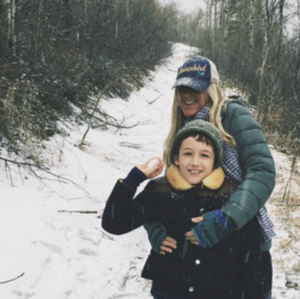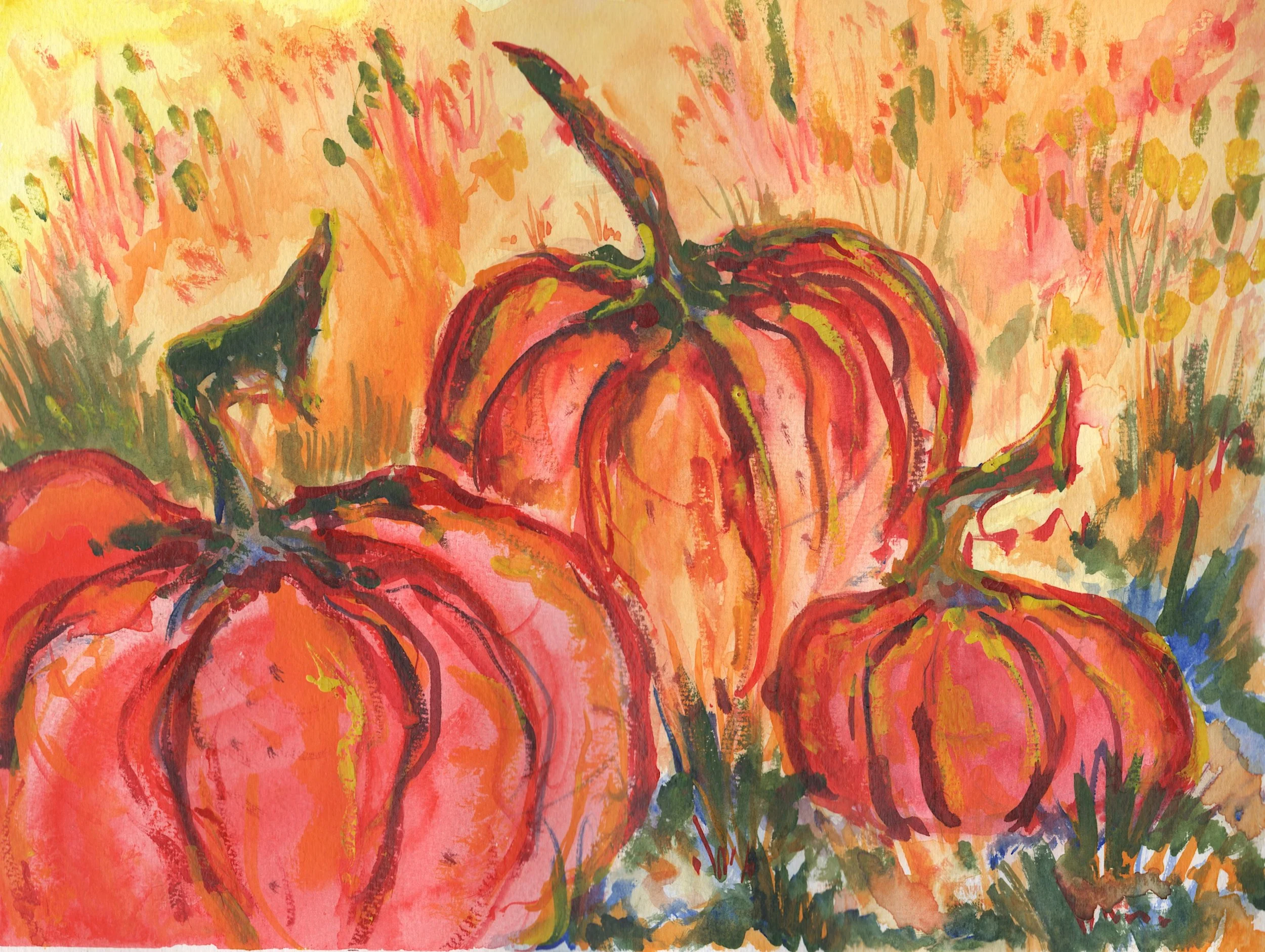Celebrating Waldorf Festivals with Teens: A Time for Changing Roles
Festival life is the heartbeat of Waldorf Education.
Festivals as practiced in Steiner schools and homeschools are linked to larger rhythms in the natural world, the meanings of which have been interpreted over time and passed down along cultural and generational lines.
The youngest of Waldorf students are so earnest in their participation in these rituals. But what happens as our children reach their teens?
Do we give up on festival life and hope that they remember these early days and ways of relating to the world, researching them on their own when they are adults?
Festivals can be a family affair, for a wide range of ages!
Maybe. But perhaps there is another way.
My son’s earliest memories of Waldorf festivals are from the brick-and-mortar school he attended between the ages of 3-7. Of that period of time he shares:
“I always had a lot of fun. Advent was one of my favorites, I loved the spiral. I also liked the May Faire and the May Pole, seeing all the patterns get braided…those are the two I remember the most.
On Candlemas our teacher gave us two strings with metal nuts tied to the ends. We’d line up next to a big basin full of melted wax, and take turns dipping, walking in a circle over and over until we had full-sized candles.
In Kindergarten, on Santa Lucia Day, an 8th grade girl came through our classroom with lit candles in a wreath on her head with all the second graders following her, singing. I enjoyed that festival.”
(At this point he begins humming the song associated with Santa Lucia: “Santa Lucia, Thy Light Is Burning…”)
Simple, meaningful work makes festivals special and enriching for the whole family.
Beauty and ritual make an impression on the soul – he is now 13.
What stands out to me through the soft focus of memory is the anticipation of seasons: color, a return to the same rituals year after year, a sense of time passing and miles traveled along with the safety of a return to a spiritual home base.
Festivals have the power to connect us to one another and the natural world in ways that supersede language. We feel the magic of the Mystery to which most all spiritual disciplines point as our genesis.
The wonder inherent in these festivals is very easy to communicate to young children non-verbally, because their experience of the world does not shift to the intellectual sphere until late childhood.
“The third seven-year phase of childhood is one in which thinking prevails…[the] capacity for critical thinking shows itself in a pronounced way with the onset of adolescence and particularly at the beginning of high school. ”
I have found that if I am subtle about the approach to festival life, my son is more than happy to participate in the rituals that defined his younger years. From reading stories to activities such as baking bread, making candles, crafting floral arrangements and doing art, we always seem to find common ground related to a feast day.
This past February, to acknowledge Imbolc (the calendar day between the Winter Solstice and the Spring Equinox) we made beeswax candles, but not before an -- awkward, truthfully -- exchange about how to approach the related story from “A Festival Year”.
I began to read it aloud, and immediately felt self-conscious. I subsequently handed it to my son, who then began reading it silently to himself. Suddenly, he stopped and looked up at me. As if reading his mind, I smiled and said, “You want me to read it.”
“I do,” he replied.
So I did.
At the end of the tale, which was listened to with this whole being, he told me that he still loves hearing stories in my voice.
A final thought, about families with multiple children: festival days are a great way to give the older kids an opportunity to teach the younger ones.
How can your teenager take on more of an active role in your family’s festival life?
Menu, craft, and activity planning are all aspects of festival life in Waldorf education that need attending to. Our experience has been that they LOVE being tasked with helping to bring the festival to the younger children. This shifting of roles helps to re-awaken what’s already living inside them.
Ask them what they love most or remember the most vividly from past years, and be sure to include those elements. Remember that children in the middle grades may land somewhere between wanting to participate without doing the planning, and taking the lead on doing the planning themselves.
This is developmentally appropriate, there is no one-size-fits-all approach.
The most important aspect of festival life is to remain curious and open to the spirit of the season, trust that it will speak through your family, and above all, enjoy it.
*Cue Celebration, by Kool and the Gang*
Cristina Havel lives in Southern California where she and her husband have worked together for nearly 2 decades. They homeschool their son using the Waldorf pedagogy as a guide and believe in the transformative powers of art and nature.












